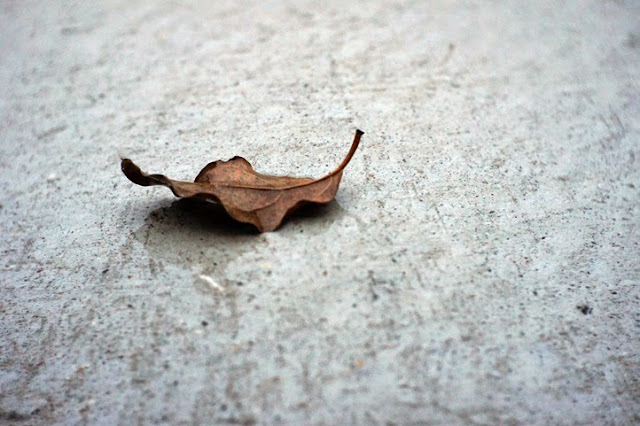In this series on how to take better photos using a DSLR camera, I will quickly touch on camera settings, image editing processes and ND filters. By maximizing the capabilities of your camera, you can get vibrant and professional looking photos. These settings are based on what I use for my Nikon DSLR camera.
What formats should I shoot in?
There are several formats you can shoot in. I recommend shooting in JPEG (fine) and RAW image formats. You can set your image format to RAW if you want to edit them later, otherwise for quick shots, you can use JPEG fine quality. I always shoot in RAW format, so I can edit the images in Photoshop later.
What about color and post-processing?
I try get the image as close to what I want by adjust the settings on my camera. To do this, I mostly adjust the exposure and saturation settings on my camera. Under menu, go to optimize image, then custom. There, you can customize the saturation, hue adjustment, color mode, etc. I like to enhance the saturation. There is also an exposure button on top of the camera (+/- button). You can increase or decrease the exposure manually to help make the image lighter or darker depending on the lighting conditions you are working with. Finally, I do some fine tuning in Photoshop to get the results I want. I use Adobe Camera Raw into Photoshop. I start out with a pretty natural rendition of a given scene, then I might pump up the colors, warm things up, or cool things off. If you don’t have Adobe Photoshop or Lightroom, there are some free software options you can try:
PicMonkey,
Picasa, or
Gimp.
What about camera filters to enhance my image?
You can also try using neutral density filters (or ND filters) to reduce the amount of light entering the lens on a very bright day. For example, a polarizer filter is used to help darken skies, increase the saturation, and also help reduce reflections from water surfaces. I find the polarizer filter is especially helpful with correcting an overexposed sky.




